When it comes to pets, now some pet lovers tend to own reptiles as their pets. Yes! This is a story of such a reptile who is tend to raise as a pet. The leopard gecko is one of the most popular lizard which people use as a pet, scientifically known as Eublepharis macularius. The leopard Gecko is naturally reported from highlands of Pakistan, northern India, Iran and Afghanistan. Winter temperatures in these areas can be quite low, sometimes below 10 °C (50 °F).
The Leopard gecko has yellow, brown, white, and, most recently, leucosticte phases. There are usually dark brown spots on a white or pale yellow background. Young geckos possess alternative bands of color which gradually break up into spots or splotches as the animal ages. Male is larger than female, with 9-14 pre-cloacal pores arranged in a slight arch, interrupted or not by one to two scales, pineal sacs at the sides of the cloacal aperture. Snout-vent length is 120-160 mm, tail is 89-90 mm. Common leopard geckos are not immune to injury, and their tails often take the brunt.
Let’s look into its lifestyle and habitat characteristics. The leopard gecko breeds from March to July. They lay pair of oval eggs which are laid, 2-3 times a year. The female keeps stored sperms from a single mating. The eggs are large with smooth pliable parchment covering, measuring 31-35 x 13-16 mm. Female chooses the egg laying site which is preferably a dark, humid recess, with no chances of being soaked by with dripping rain water. Eggs take almost a month to hatch. The hatchling has an egg-tooth which helps it to shear the pliable egg covering, which soon drops. At birth the hatchings measured up to 3.25 – 3.5 inches in total length. They grow rapidly in size so that by next year or so, attain the adult size.
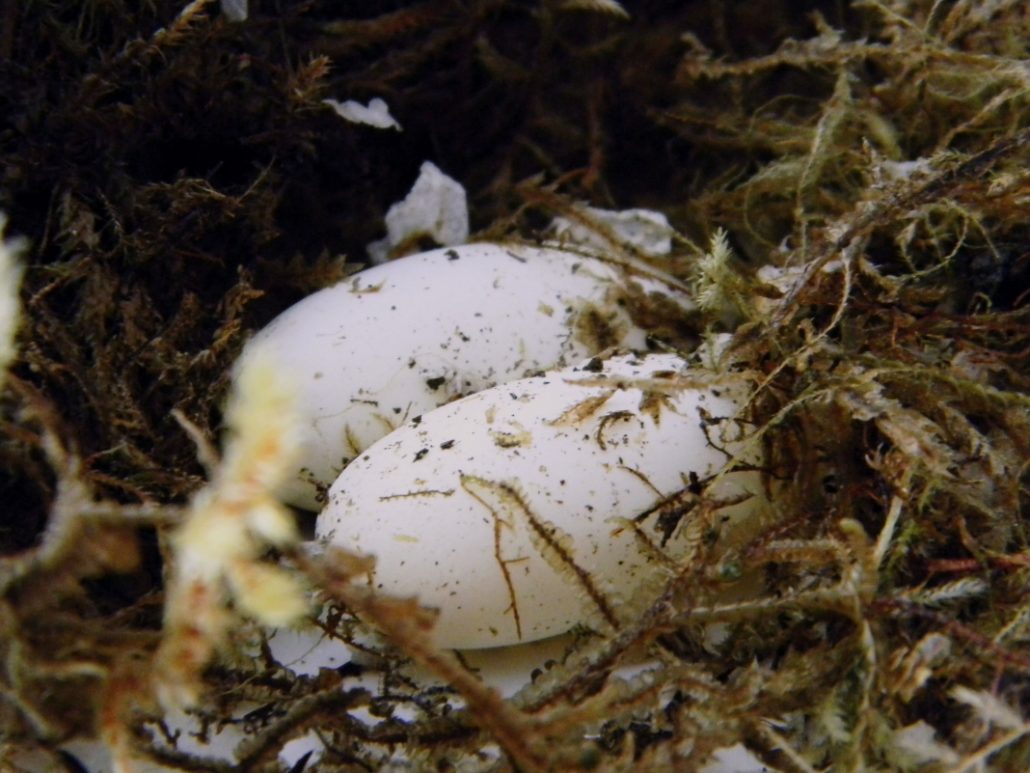
Following insights into the gecko’s lifestyle and habits will clearly define you why this wild animal should not be used as a pet and kept in a cage or in a human habitat.
Leopard geckos are cathemeral reptiles; in the wild they are mostly limited to burrows and shaded areas during the day, becoming more active at dawn and dusk when the temperature is favorable, and are often active quite sporadically in captivity. Human are a diurnal (active in day time) and leopard geckos are nocturnal (active in night time) species, although they are also active at dawn and dusk as well. So our active times don’t always coincide. Think how it is un-matching, both humans and Leopard geckos to live together.
Geckos, as a presided habit, does not eat inanimate (dead) food in nature, they are rather attracted to the living food by its movements and like to hunt them by themselves. A hand-fed gecko is attracted by the movements of the hand that feeds it as practiced by the pet owners to feed them, to which it is subsequently habituated. Crickets, beetles, grasshoppers, spiders, scorpions, centipedes, Pinky mice, some green meals, tropical fish flakes and orange slices are the most plentiful meals located in their all-natural habitat. Crickets are their favorite animal to feed on in most of the times. The prey is slowly stalked or ambushed, and is captured by a final sudden lunge. The pray is held in the jaws until immobile and is engulfed. An inanimate or dead prey is disregarded, preys’ movements provoke the gecko to attack. Leopard gecko is primarily insectivorous so that, its diet list includes several insects.
In the wild, if a severe injury occurs to a common leopard gecko’s tail, it will shrink until the injured part is shed off. For pet geckos, if injury necessitates an amputation of the tail, it will also shrink. If you hold a leopard gecko by its tail then they will drop it to run away. The leopard gecko can live 15-20 years in captivity; some have lived up to 30 years. Let’s think its effect to the geckos life, can you imagine how your life will change within 20 years and where would you be? Can you protect and treat this animal until they die? And can you guarantee, that your preference and interest to pet a gecko will remain the same as once you initially wanted a gecko as your pet?
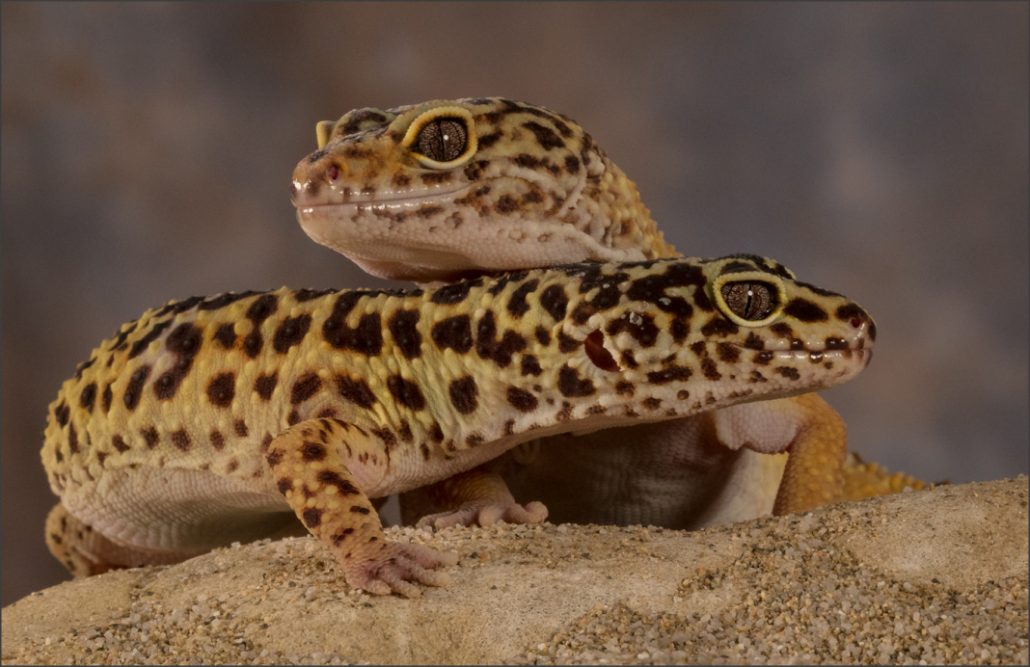
A wild gecko’s existence is complete of the normal danger. For illustration day geckos have several predators that contain snakes, birds and other greater lizards. Most of a geckos time is invested hunting for meals. Males are generally attempting to hold maintain of a territory and frequently want to battle other geckos off which can lead to existence threatening harm. They have delicate skin and can simply conclude up with a bite or tear. Are you give them to feel there normal life?
For the wipe-up of the facts about the leopard gecko, there’s a surprise for you who would have a thought to take a gecko as a pet, at the moment or in the future. In some countries like Pakistan, the leopard gecko is considered to be venomous as it is believed to be related to the common black cobra snake and is natively known as Bis- cobra (young cobra) among locals. The bite of the gecko is believed to liquefy body of the victim, causing instantaneous death. A local will kill the lizard on sight, and will flung the stick far away with which he killed the lizard, as the stick is believe to absorbed poison from the lizard. That is how venomous, the leopard gecko can get. Most of the wild animals can be very dangerous to let in to the human habitats for an example; in terms of venomous levels, the diseases they carrying in their bodies, most of all the imbalance happens in the natural environments when removing a species from it is huge but not seen unless it comes as a big wave.
Animals are not exist for human satisfaction, they naturally exist to balance nature. They have their own evolved lifestyles. They need their freedom because no one like to stay at a cage and spend their time under other time frames other than some human-friendly pets, who have evolved over 1000’s years period of time to live harmony with humans so, such animals does not require their pre-existed habitats from years ago to be happy and live to their lives to the fullest. Within this Global pandemic situation, it reveals the real situation of the loss of freedom and how it affects mentally, physically and socially to us. So as humans, we should think twice how it affects and how difficult is it to the innocent wild animals too. They can’t raise their own voice against these cruelties but only suffers both mentally and physically. People like to raise animals as pets. But at present it has become more towards over the limits and some tend to raise more wild animals as pets. For some instant it seems like more humane because many wild animals loss their habitats and loss their natural environments again due to humane interferences. However this has now overwhelming for the conservation and protection of wildlife. As I think this tendency is simultaneously building up as a threat to the wildlife protection and conservation.
So we suggest you think twice before you adopt a wild animal as a pet although it’s for a humane reason. In a special cases like rescuing and fostering, do it but with a promise to yourself that you will hold on to it and can one day release to the deserved environment as soon as possible.
As the tendency of taking wilder animals as pets rises at the moment, although without a refined reason, the awareness should be raised over the impacts of such practices to the wild life conservation and protection. This will be a best platform to start a discussion about how humans interfere wild animals’ lifestyles, habitats encroachment and use them as their pets. Please comment below, if you agree with me or not.
References
Common_leopard_gecko. (n.d.). Retrieved from wikipedia.org: https://en.wikipedia.org/wiki/Common_leopard_gecko
gecko-pets-quick-fact-guide. (2011, January). Retrieved from geckosforpets.com: https://web.archive.org/web/20110109215653/http:/geckosforpets.com/gecko-pets-quick-fact-guide/
Khan, M. (2009). leopard gecko Eublepharis macularious from Pakistan.
leopardgecko. (2012, May). Retrieved from animalplanet.com: http://www.animalplanet.com/pets/other-pets/leopardgecko/
leopard-gecko-questions-and-answer. (2017, January). Retrieved from evolutionreptiles.co.uk: https://www.evolutionreptiles.co.uk/blog/leopard-gecko-questions-and-answer/




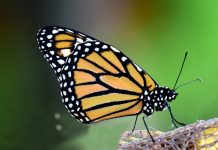
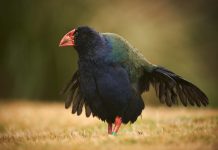
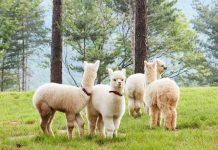


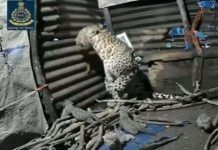

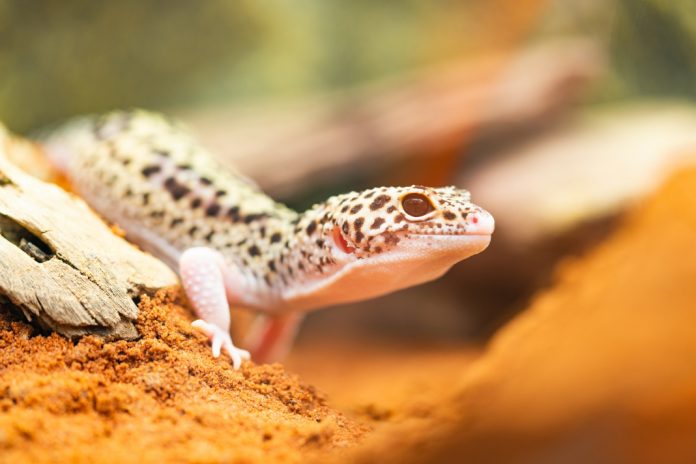














https://waterfallmagazine.com
It’s really a great and helpful piece of information. I am happy
that you simply shared this useful info with us. Please
keep us informed like this. Thank you for sharing.